
17 Intriguing Photos of Crenshaw's Past
Photographers from the Dick Whittington Studio had a unique vantage point on the commercial development of Los Angeles and the transformation of major streets like Crenshaw Boulevard, which stretches 23 miles from Del Cerro Park in Rancho Palos Verdes through Hawthorne, Inglewood, Leimert Park, Crenshaw and Mid City to Wilshire Boulevard.
Since the studio was primarily hired by Southern California businesses — from corner markets to aircraft manufacturers, insurance companies and real estate developers — much is omitted from its photographers' visual record of Los Angeles during the studio's heyday between the 1920s and 1950s.
Some of the studio's most striking images reveal radical changes to L.A.'s streetscapes and built environment during this period. The photographers captured gleaming new gas stations, drive-up restaurants, the opening of a former Ralphs Market at Crenshaw and Rodeo Road 60 years ago on April 25th, 1942, and the construction of landmarks like Leimert Theatre in 1931.



The studio's photographers also captured the wholesale construction and sale of new single-family homes at a scale that is difficult to imagine in the Los Angeles of today. Advertising $4,560 purchase prices, $460 down payments and $35 monthly mortgage payments, 1940s-era signs along Crenshaw Boulevard directed homebuyers to new developments like Crenshaw Manor, Crenshaw Park and Crenshaw Villa. Whittington photographers created staged promotional materials with models for these developments as they had done previously for upmarket developments with Spanish Colonial and Mediterranean style homes in Leimert Park and View Park during the 1920s and 1930s.


Missing from the photographs were the racial deed restrictions that prevented most nonwhite Angelenos from buying homes in these neighborhoods prior to the Shelley v. Kraemer ruling by the Supreme Court in 1948. After the ruling and thanks to efforts by key figures like U.S. Army 442nd Regimental Combat Team veteran and real estate agent Kazuo K. Inouye, Crenshaw and Leimert Park became popular destinations for Black, Japanese American and Mexican American families during the 1950s and 1960s.
The season finale of "Lost L.A.," "From Little Tokyo to Crenshaw," explores how new Crenshaw and Leimert Park residents forged identities and a sense of community and solidarity within their neighborhoods. As Scott Kurashige and Melissa Rovner trace in articles for KCET's "Lost L.A." series, these neighborhood identities have lasting and complex legacies today with the displacement of longtime residents and the disruptions of communities with the wave of real estate speculation through South L.A.


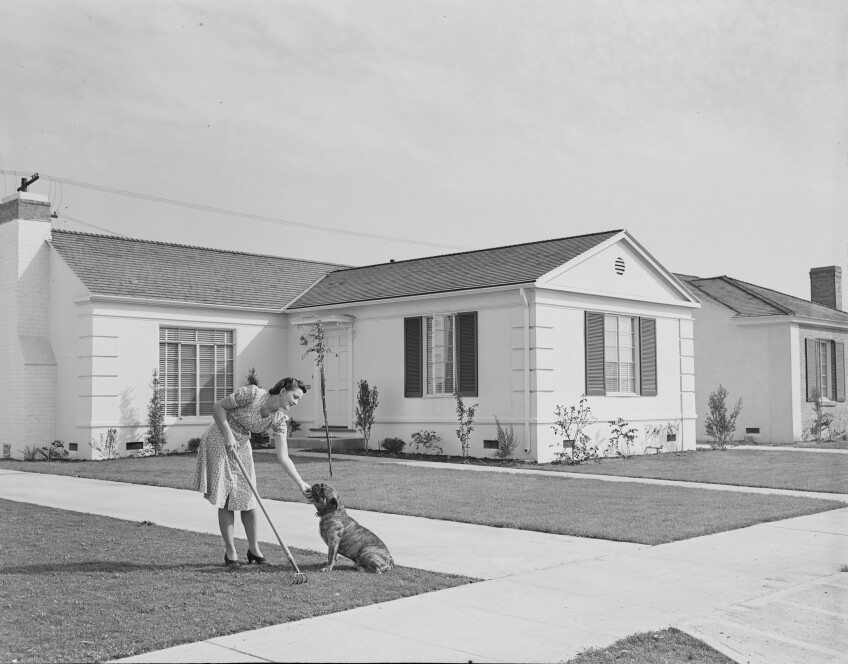
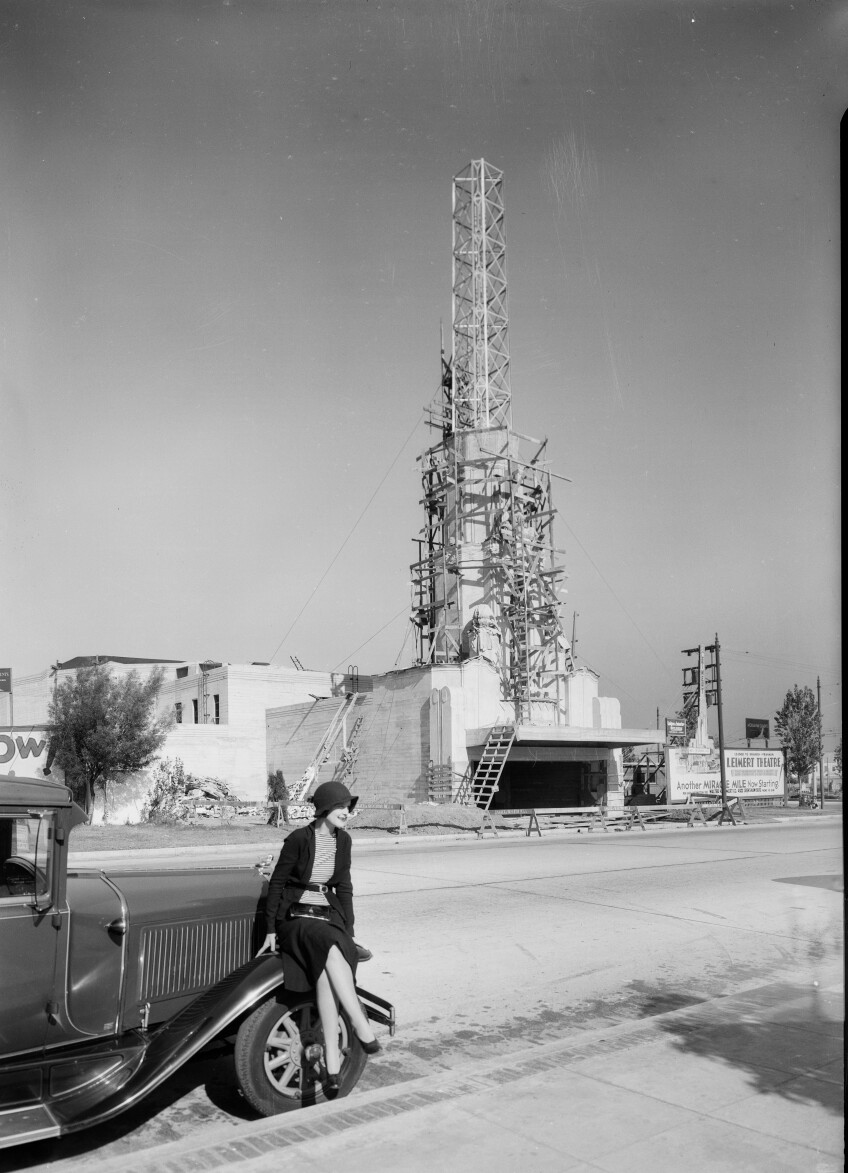



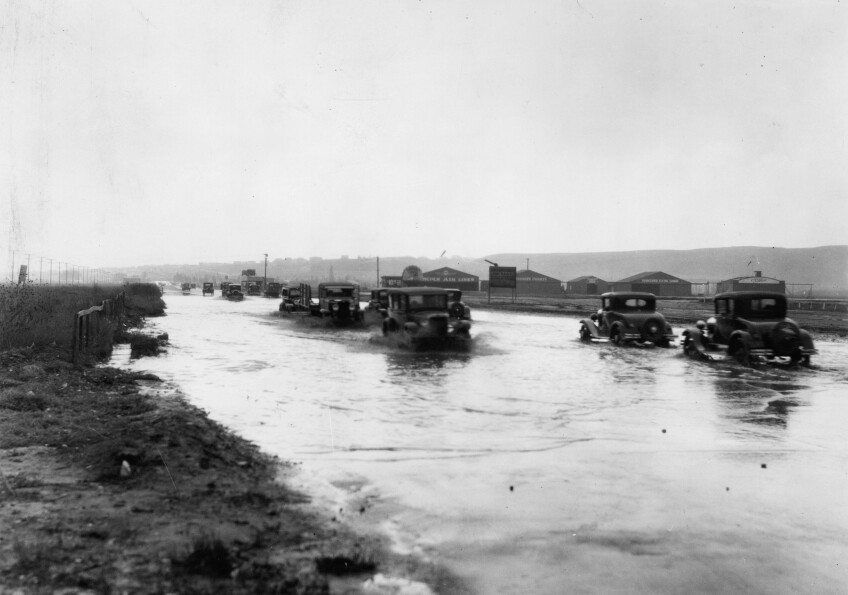
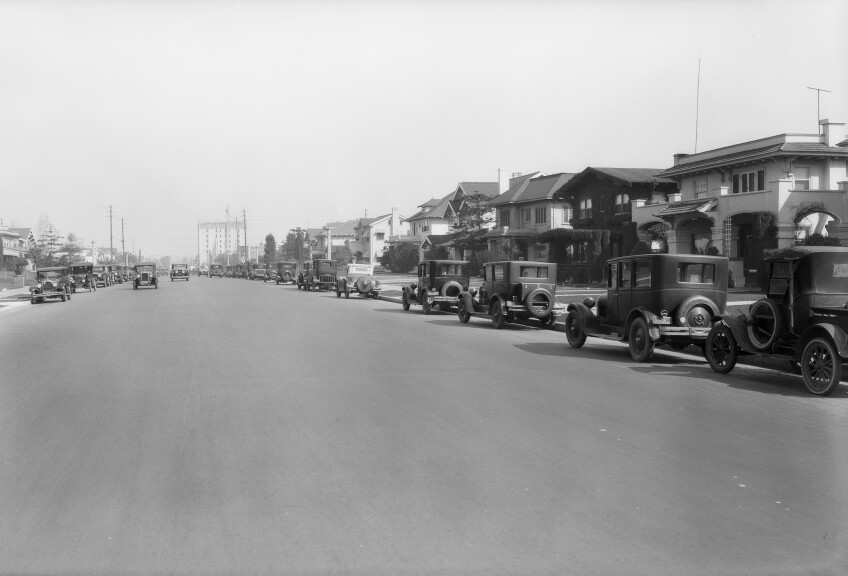
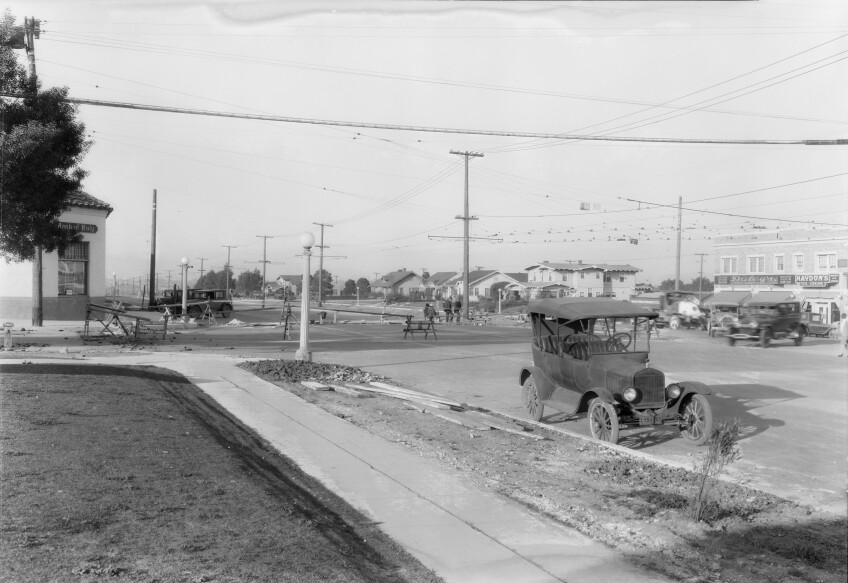

The USC Libraries are nearing completion of a multiyear project to digitize 37,000 photographic negatives created by the Dick Whittington Studio during the 1930s and 1940s. The project was supported and made possible by a generous grant from the National Historical Publications and Records Commission (NHPRC). Support from the National Endowment for the Humanities (NEH) for a prior project enabled the USC Libraries to digitize 39,000 photographic negatives dating from the 1920s to 1930s.







